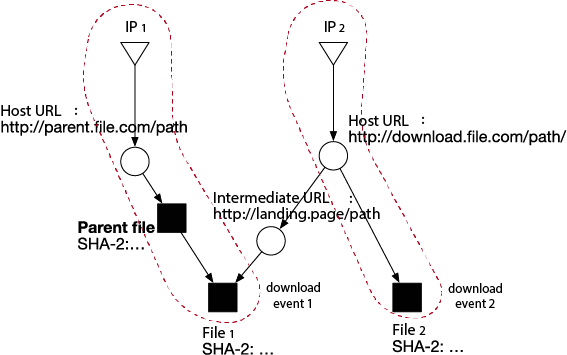Just this week, Microsoft announced its takedown operation against the TrickBot botnet, in collaboration with other cybersecurity partners, such as FS-ISAC, ESET, and Symantec. This takedown followed Microsoft’s successful application for a court order this month, enabling them to enact technical disruption against the botnet. Such legal processes are typical and necessary precursors to such counter-operations.
However, what was of particular interest, in this case, was the legal precedent Microsoft (successfully) sought, which was based on breaches of copyright law. Specifically, they founded their claim on the alleged reuse (and misuse) of Microsoft’s copyrighted software – the Windows 8 SDK – by the TrickBot malware authors.
Now, it is clear that this takedown operation is not likely to cripple the entirety of the TrickBot operation. As numerous researchers have found (e.g., Stone-Gross et al., 2011; Edwards et al., 2015), a takedown operation often works well in the short-term, but the long-term effects are highly variable. More often than not, unless they are arrested, and their infrastructure is seized, botnet operators tend to respond to such counter-operations by redeploying their infrastructure to new servers and ISPs, moving their operations to other geographic regions or new targets, and/or adapting their malware to become more resistant to detection and analysis. In fact, these are just some of the behaviours we observed in a case-by-case longitudinal study on botnets targeted by law enforcement (one of which involved Dyre, a predecessor of the TrickBot malware). A pre-print of this study is soon to be released.
So, no, I’m not proposing to discuss the long-term efficacy of takedown operations such as this. That is for another blog post.
Rather, what I want to discuss (or, perhaps, more accurately, put forward as some initial thoughts) are the potential implications of Microsoft’s legal approach to obtaining the court order (which is incumbent for such operations) on future botnet takedowns, particularly in the area of malicious code reuse.
Continue reading Thoughts on the Future Implications of Microsoft’s Legal Approach towards the TrickBot Takedown


